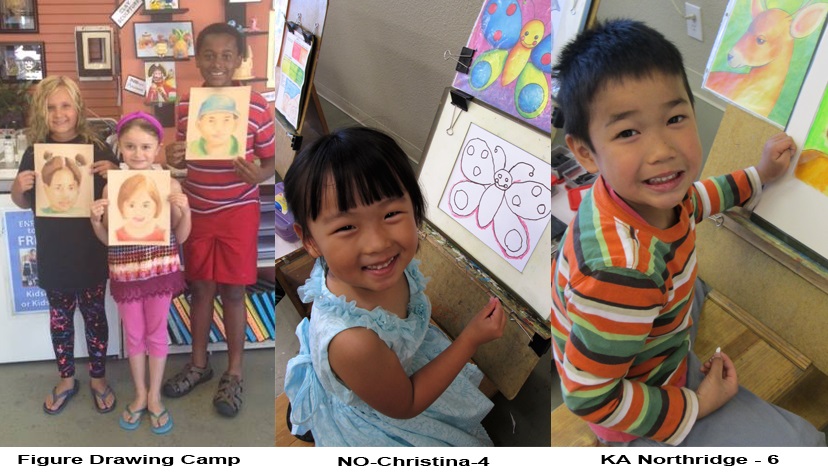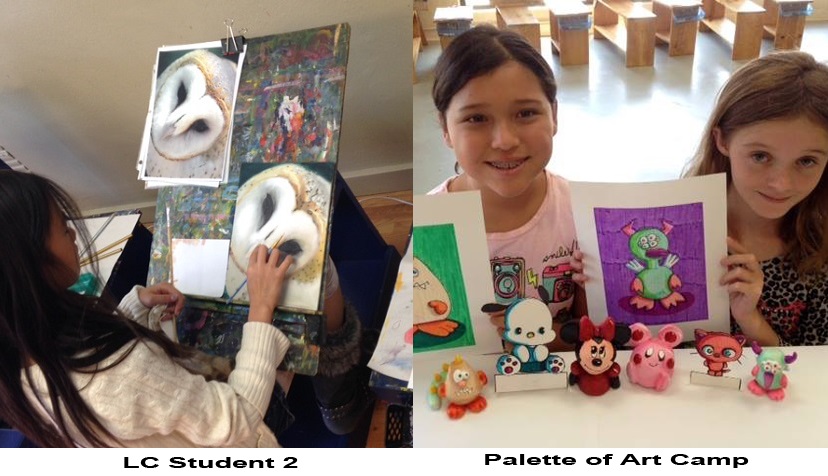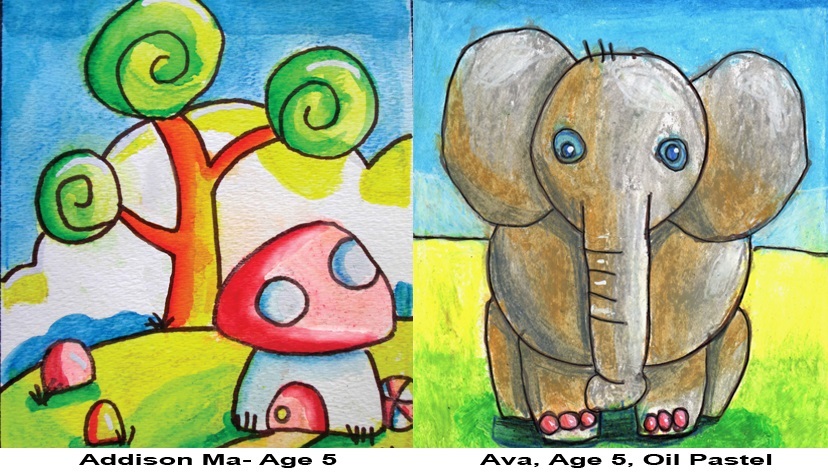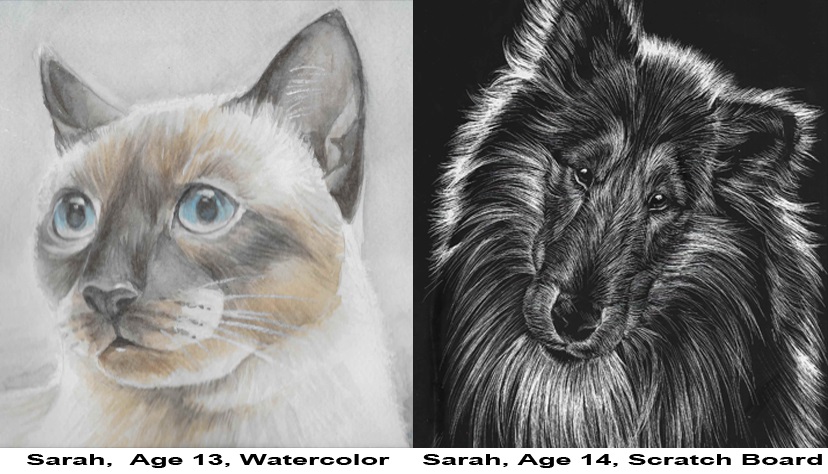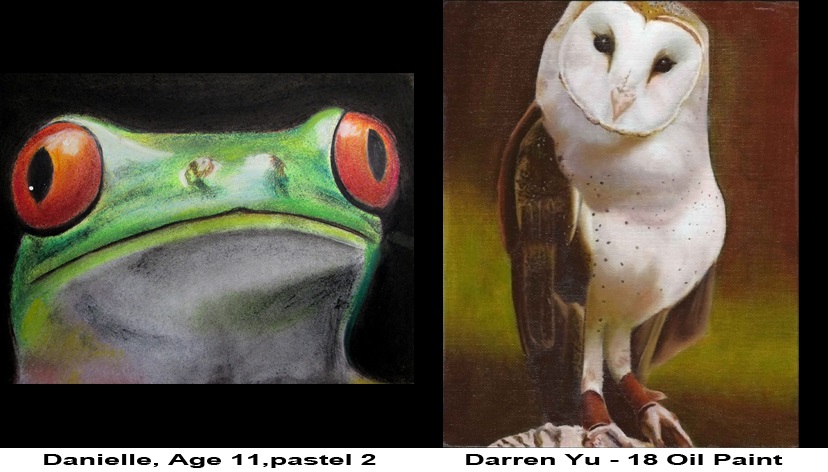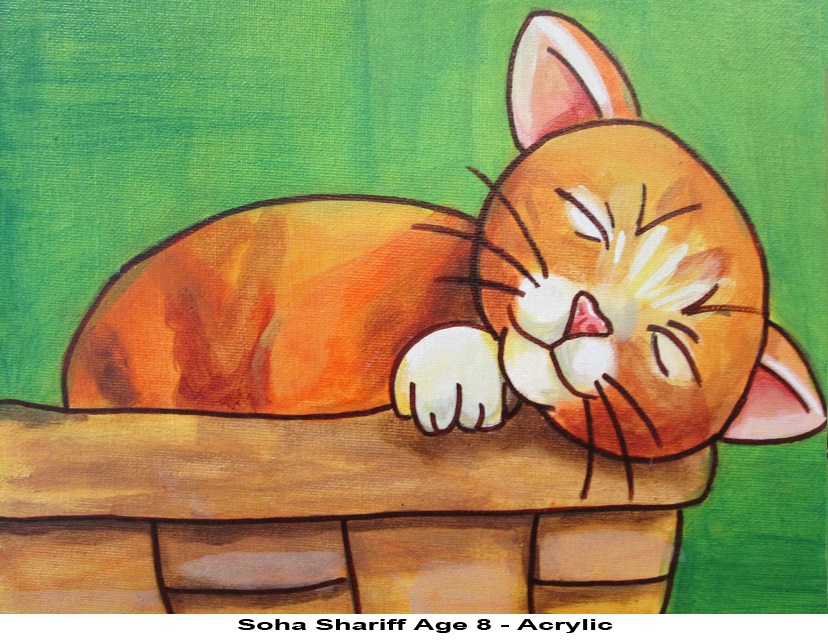“Fine art is knowledge made visible,” Gustave Courbet once said.
And new research proves this every day.
In a study out of Stanford University, they discovered that children who do art tend to use more advanced speaking and reasoning skills, and thus develop them better, and are “more likely to win academic awards.” [1]
“It’s not surprising,” says KidsArt Executive Director Anna Sheklow, who hears all the time about kids doing better in school after taking up painting or drawing classes.
“Both sides of the brain are constantly working in art,” says Sheklow. “It’s so much like science and geometry because you’re learning to measure shapes and components.”
She says artists have better visual perception and are more aware of sizes, proportions, shapes and placement.
“Perceptions are sharper, they tend to visually catch things better,” says Sheklow. “They’re more observant.”
She says it’s why scientists today are bringing in artists to assist the creative thought process, “to see experiences in a whole new way,” and why art training translates well into careers like medicine and law enforcement.
KidsArt Manager Susana Rivas agrees.
“Look at a Van Gogh painting. Everything has a purpose,” she says. “After you know more about art, you appreciate details more. A lot of people don’t stop and look around.”
Rivas says that education is like art in that each lesson has an underlying focal point, which artists are trained to identify.
“Kids who take classes here also do better in handwriting at school,” she adds.
So where is “here”?
Many places. KidsArt has 17 studios, mostly in California, including a studio in Pasadena.
The daughter of the founders, Ed and Sher Warren, Sheklow grew up in the environment. Her father, Ed, has a Masters in Fine Art from Rutgers and taught for years at the high school and college level.
Along with his wife, the couple started teaching afterschool fine art drawing and painting classes and the program became so popular with so many people driving long distances to apprentice under Ed’s tutelage, that a year later, starting in 1987, KidsArt studios began opening up in multiple locations.
Ed developed a curriculum that allowed him to teach a completely individualized, fine art program to all ages and has now taught thousands of students and trained hundreds of teachers, including his own two daughters, who each manage their own KidsArt / Drawn2Art studios.
Rivas, likewise, grew up in the environment. Having come to KidsArt since she was a teen, she grew up learning the simple approach and loved it enough to become the Studio Manager and Teacher Trainer at the Montrose location.
“Children who started at 4 or 5 years old are now returning to become teachers here,” says Rivas, who was mentored directly by Ed.
“With Ed, it is all step-by-step, baby steps, so you know what you’re doing,” says Rivas, who says she learned more at KidsArt than in any of her college art classes, where they “tell you to draw without teaching you.”
At KidsArt, however, the approach is very simple.
You choose a drawing or painting you like from a collection of level-appropriate curriculum, all created by Ed or his associate, Erin Garey, and you see how it was drawn with simple shapes. The student then uses the step-by-step breakdown to learn correct size, placement, and shape of each image. Basic techniques such as perspective, positive and negative space, direction and use of tone are taught building skills and confidence.
“It’s almost like a private lesson,” adds Rivas, “because the teacher-student ratio is so small.”
In one class you can find various ages and skill levels, so while one person is learning pastels, another might be mastering acrylics, but all are “learning at their own pace with their own goals.”
Despite its name, KidsArt isn’t just for kids. Their oldest student is 85 years old. Classes are offered to students as young as 4, as well as for teens and adults.
While adults are free to take classes with younger students, some do, including parents, there are also classes specifically offered for teens and adults.
After only a few classes, parents are amazed by their students’ finished artwork. These are skills that can be taught, and the proof is in the pride of the artists for their new-found abilities.
“It’s like cooking. You just need to know the basic steps and ingredients. There’s a formula to everything.”
Sound like fun? Sign up for a Free Introductory Class.
For more information, or to find the closest studio to you, visit www.kidsartclasses.com.
You can also call the Pasadena KidsArt at (626) 577-7802 or stop by 20 South Oakland Street.
1. Stanford professor Shirley Brice Heath, author of study and senior scholar at the Carnegie Foundations










